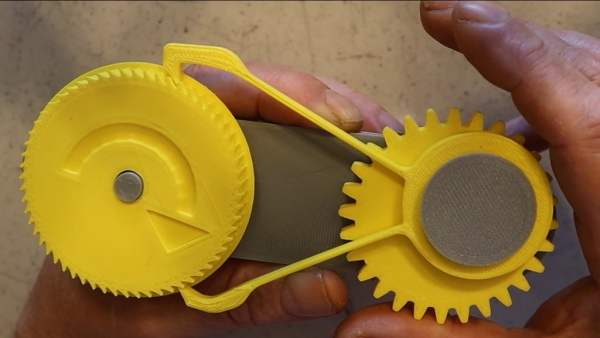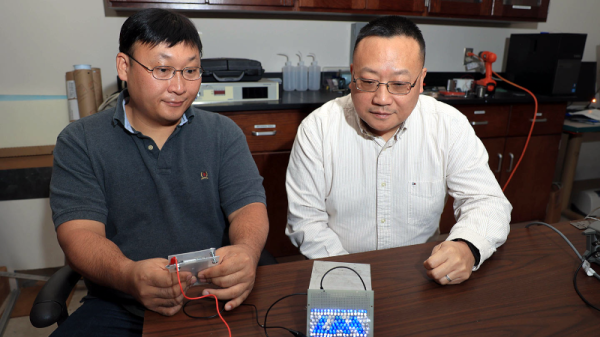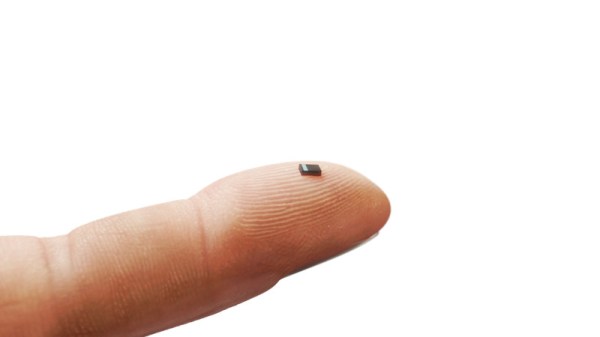Energy harvesting, the practice of scavenging ambient electromagnetic fields, light, or other energy sources, is a fascinating subject that we don’t see enough of here at Hackaday. It’s pleasing then to see [Jeff Keacher]’s Christmas card: it’s a PCB that lights up some LEDs on a Christmas tree, using 2.4 GHz radiation, and ambient light.
The light sensors are a set of LEDs, but the interesting part lies in the RF harvesting circuit. There’s a PCB antenna, a matching network, and then a voltage multiplier using dome RF Schottky diodes. These in turn charge a supercapacitor, but if there’s not enough light a USB power source can also be hooked up. All of this drives a PIC microcontroller, which drives the LEDs.
Why a microcontroller, you ask? This card has an interesting trick up its sleeve, despite having no WiFi of its own, it can be controlled over WiFi. If the 2.4 GHz source comes via proximity to an access point, there’s a web page that can be visited with a script generating packets in bursts that produce a serial pulse train on the DC from the power harvester. The microcontroller can see this, and it works as a remote. This is in our view, next-level.


















